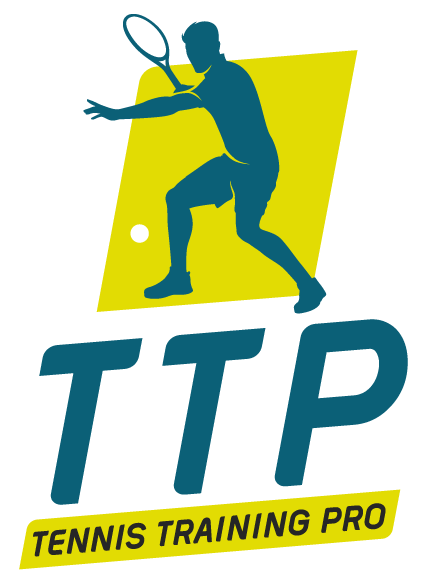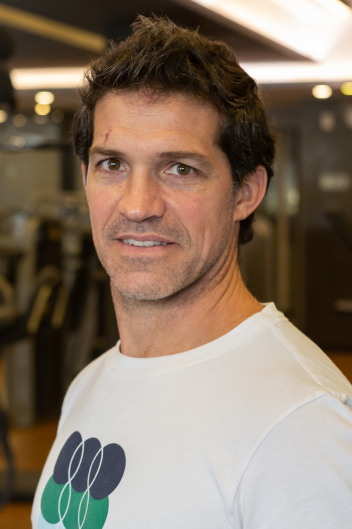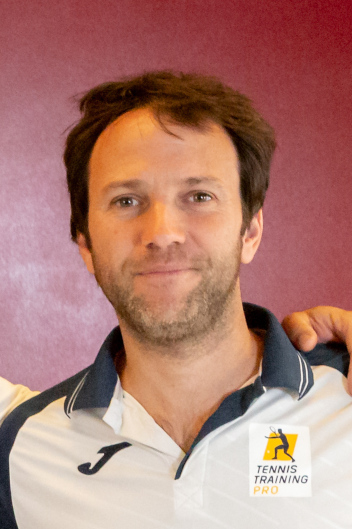The Importance of Footwork in Tennis: Techniques and Practical Applications
08 de July, 2024
In tennis, coordination and agility in movements are fundamental for optimal performance. One of the key aspects of this coordination is the correct use of footwork. These movements, although often unnoticed by spectators, are the result of meticulous training and refined technique. In this article, we will explore the importance of footwork in tennis, its components, and how they are trained.
The Relevance of Footwork in Tennis
Footwork in tennis is crucial to maintain balance, stability, and the ability to generate power during strokes. Proper footwork allows players to move with agility and precision, improving their ability to reach the ball and execute effective shots. Additionally, proper footwork helps prevent injuries by reducing stress on joints and improving movement efficiency.
Components of Movement in Tennis
These are all the movements that a player performs from reading the opponent’s ball (stimulus) to finishing the stroke, and returning to the center of the court to react to the next shot.
-
Gravity step:
- Once the player recovers the court with lateral steps, waiting for the next shot from the opponent, just before the opponent executes their next shot, the player must pause their lateral movements, performing a small jump that leaves them suspended in the air while the other player executes their shot. Still in the air, the player reads where the ball hit by the opponent is going and falls into a split step in that direction.
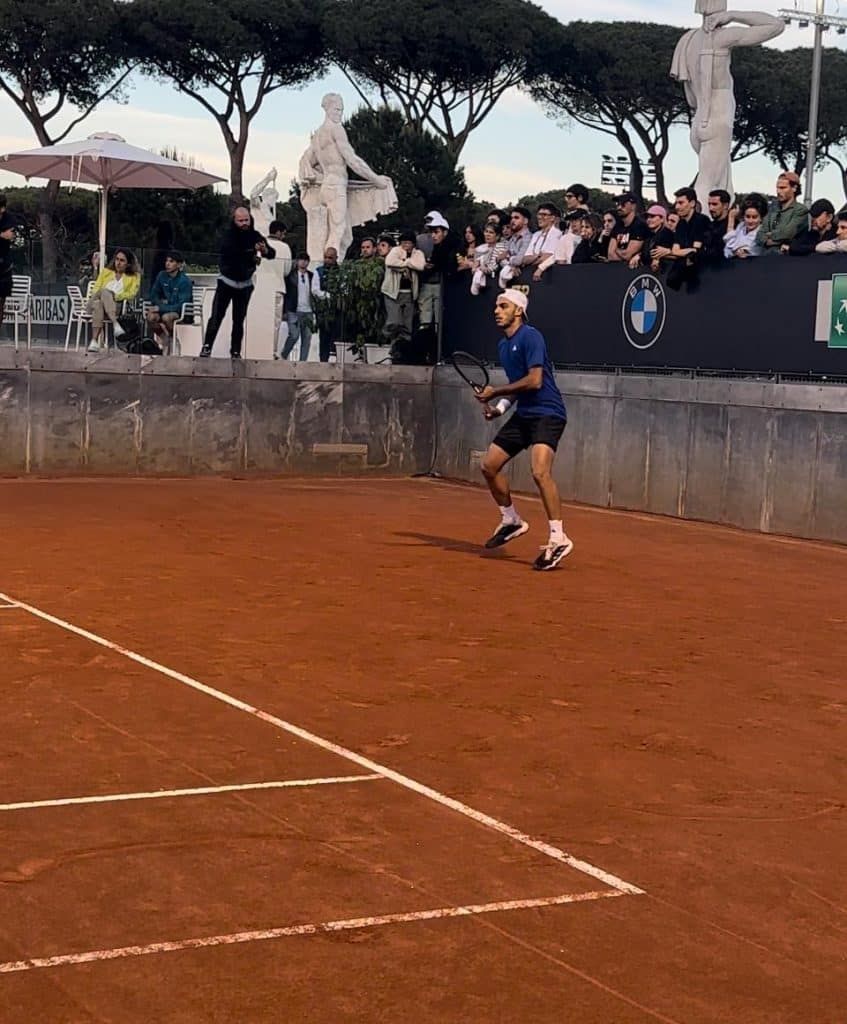
Gravity Step by Francisco Cerúndolo
-
Split:
- Also called split step, it is the landing on the ground after reading where the opponent’s ball is going. It is performed, as the name suggests, with one foot making contact with the ground before the other. The foot that contacts first generates the push against the ground to create the first step.
-
First step:
- The first step after the split, which opens the path to the ball. It is crucial to position the body in the direction of the stroke. This step begins with the hip opening in external rotation, changing from the pelvis facing the net to a running position towards the trajectory of the ball.
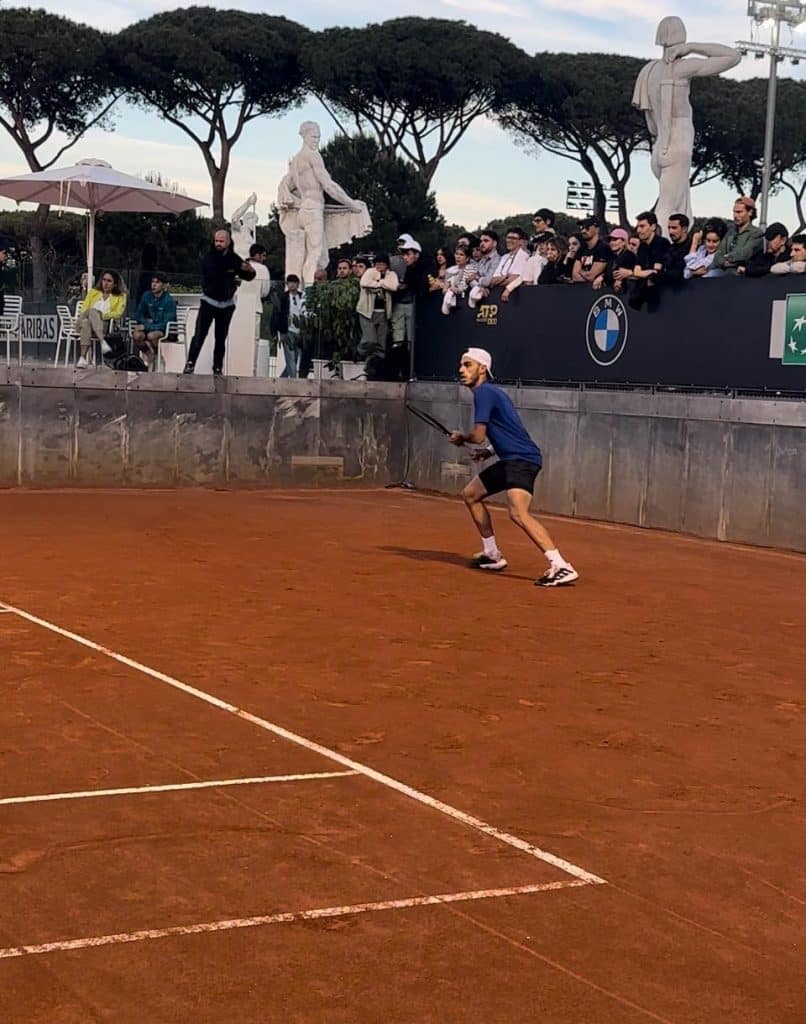
First step opening right hip in external rotation by Francisco Cerúndolo
-
Movement:
- Involves different types of steps, such as lateral or short runs, towards the ball. The coordination and size of these steps are essential to arrive on time and balanced.
-
Braking and support:
- The last step before hitting the ball, designed to brake the body’s inertia and provide stability. The quality of the support is fundamental to generate power and control during the stroke. This braking differs depending on the surface where the match is played. On clay, it is a slide; at the end of the slide, the player is supported to execute the stroke. On hard surfaces, braking is done in several steps until reaching the last (wider) step for support to hit. In recent years, slides have begun to be used even on hard surfaces when defenses are extreme. The constant is that braking must allow the best support to generate force against the ground and hit the ball with balance.
-
Recovery:
- Movements to return, to take the court after hitting the ball and prepare for the next shot. Efficiency in recovery is key to maintaining a balanced position and being ready for the next exchange. It is essential to finish the stroke I am executing before worrying about recovery. It is performed differently depending on the distance to recover. Lateral steps can be used for short distances and crossover steps (scissors) for longer distances.
Training to Improve Footwork
To develop and perfect footwork, various specific exercises that combine agility, strength, and decision-making are used:
-
Basic Running Technique Exercises:
- Variations in the amplitude and frequency of steps to coordinate the upper and lower limbs.
-
Reaction Time Exercises:
- Ball throws by a partner or coach for the player to react quickly.
-
Agility Ladder Exercises:
- Quick movements inside and outside the squares of an agility ladder, focusing on body position and balance.
-
Medicine Ball (MB) Exercises:
- Movements without knowing where the ball will go, to work on split and first step. It improves decision-making and adaptation to sudden changes in direction.
-
Exercises and training together with coaches:
- Work together with coaches, mixing MB work and then reproducing these game situations with baskets.
Conclusion
The correct use of footwork in tennis is essential for any player aspiring to improve their performance. Each step, from the split to recovery, plays a crucial role in the game’s efficiency and effectiveness. By specifically training these movements, players can develop greater stability, balance, agility, and reaction capacity, resulting in a more solid game and less prone to injuries. Ultimately, mastering footwork is key to reaching a high level of competition in tennis, allowing players to move with the grace and precision of a professional.
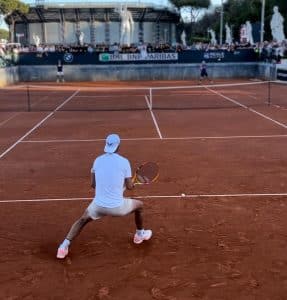
First step towards the ball

 ES
ES EN
EN PT
PT